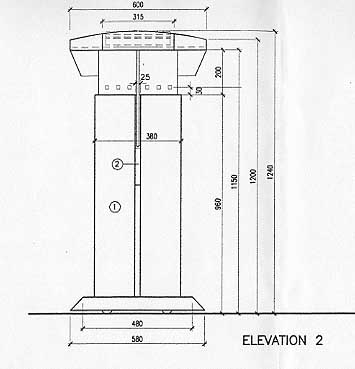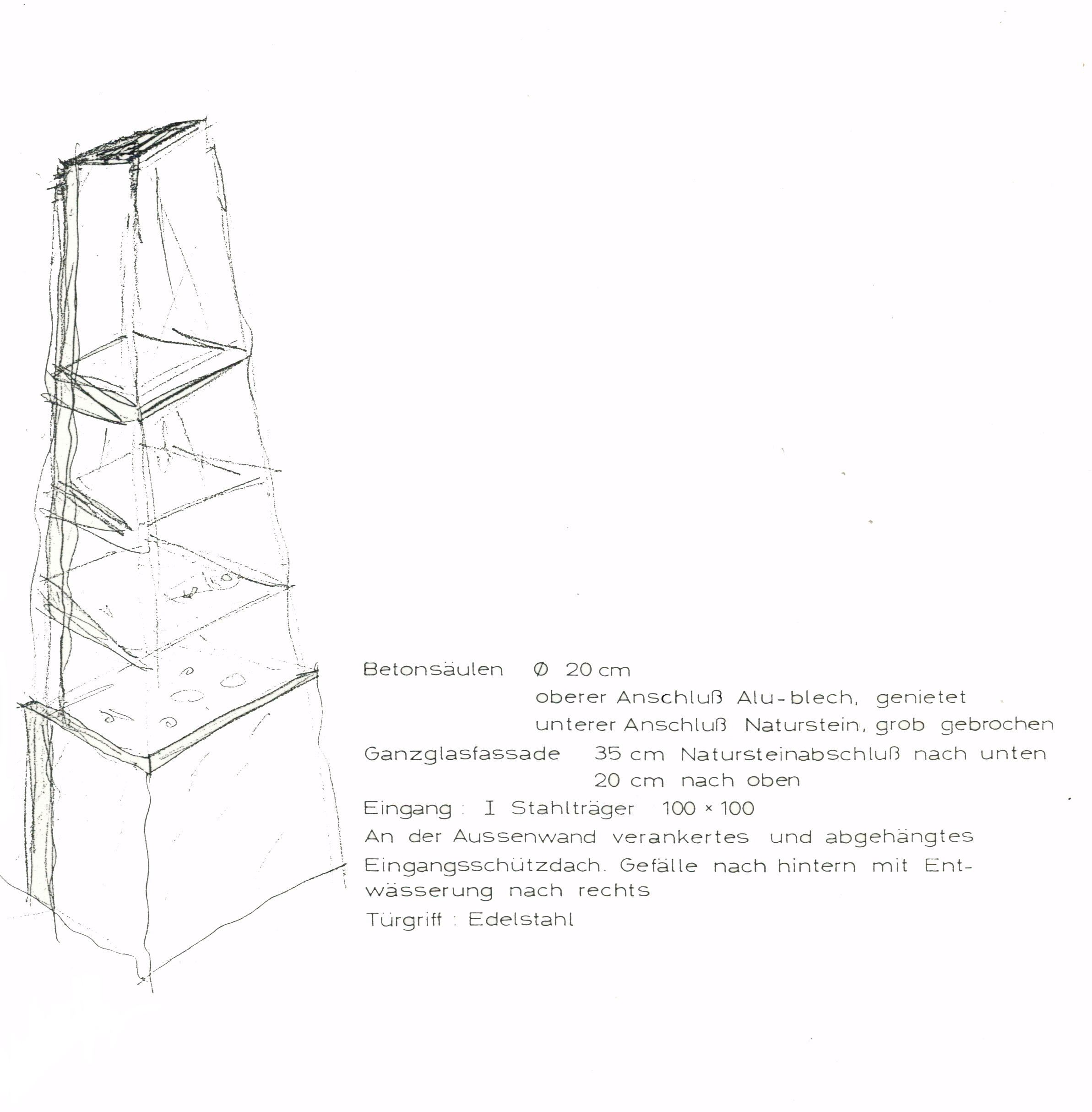The big challenge for architects and most design professionals today is to find the simplicity in a whole world of complexity. There is clear information overload in our modern times and everything is or seems complex. Focusing on simplicity is extremely important in the midst of these challenges.
This information overload permeates almost all design today and has even weaved its way into politics and proposed laws. As time progresses, this will become more and more prevalent in our daily lives. The challenges that designers face are the sorting and parsing of data, unraveling its complexity and construction a presentation that gives clients and the public, simple yet elegant solutions.
As with architecture, furniture design needs to:
- Never forget ergonomics because in the final analysis, if you can’t use it well, then it’s useless
- Should be simple yet elegant. Simple, so that ‘even a caveman understand it’ and elegant because humans have a need to see beauty in everything
- Reference the past. Don’t copy-cat. See the future in furniture, know the past mistakes and successes and create an unforgettable piece that will always be remembered simply because it stays with you ‘for life’
- The client is the instigator. Communication is key. Get all facts and needs clear as these will guide the design process. Only the client knows best what they need unless they’re undecided, then you the designer must lead. Do not lead without investigation and research.
… so simple, even a caveman can use it.
The only way to figure out what’s important in a design is to get rid of what’s not important. Superfluous elements are dropped, and the simple transforms a more mundane existence to one that is fuller and more meaningful.
It’s important to note that simplicity doesn’t mean the same for everyone. Being simple is not making a huge deal out of it if your clients think slightly differently. The client always knows what they want best and you’d be surprised that a compromise between your ideas as a designer and the client’s can result in genius solutions.
he important things to remember about designing display furniture for museums as well as showcase furniture for shops are:
- The importance of the furniture being unobtrusive – the items are on display and not the furniture that displays them
- The piece must fit the space physically and aesthetically
- Pieces must reference the quality and style of the architecture where they are being installed
- As much as is possible, use recycled and sustainable materials and building methods
Furniture is an integral part of the visitor experience no matter whether they are display cases for museum items or otherwise. Seating and all complimentary furnishings must also be designed in the same manner as the showcase items themselves.
Sustainability in Design must by all means attempt to:
- use sustainable lumber. Sustainable wood must be obtained legally and gathered in ways that protect other existing trees at their source, as well as the waterways, wildlife and the environment in which the wood was harvested. Sustainability also means gathering the wood in a manner that respects the rights of indigenous peoples at the source. In sustainable lumbering practice, new seedlings are planted faster than trees are removed, thereby ensuring that forests regrow.
- use green power or what is known as green electricity. Green power describes electricity that is produced from solar, wind power, geothermal, biomass, and small hydroelectric plants.
- use renewable energy. Renewable energy is an unending source of energy that quickly replenishes itself. It does not cause pollution or release toxic substances into the atmosphere. Renewable energy comes from an energy resource being replaced by a natural process at a rate that is equal to or faster than the rate at which that resource is being consumed. With the exception of geothermal and tidal power, renewable energy is ultimately derived from solar power. Some renewable energy systems have environmental problems such as hydroelectric dams which cause damage to flora and land area and can create barriers for migrating fish; biomass and bio-fuels require large amounts of land area, and wind turbines can be hazardous to flying birds.
- use recycled materials – For example, wood dust can be saved and used to make a paste with white wood glue or epoxy to make sanding dust filler for the repair filling of damaged wooden flooring. Wood shavings can go to a zoo, vet or animal sanctuary to be used as animal bedding.





